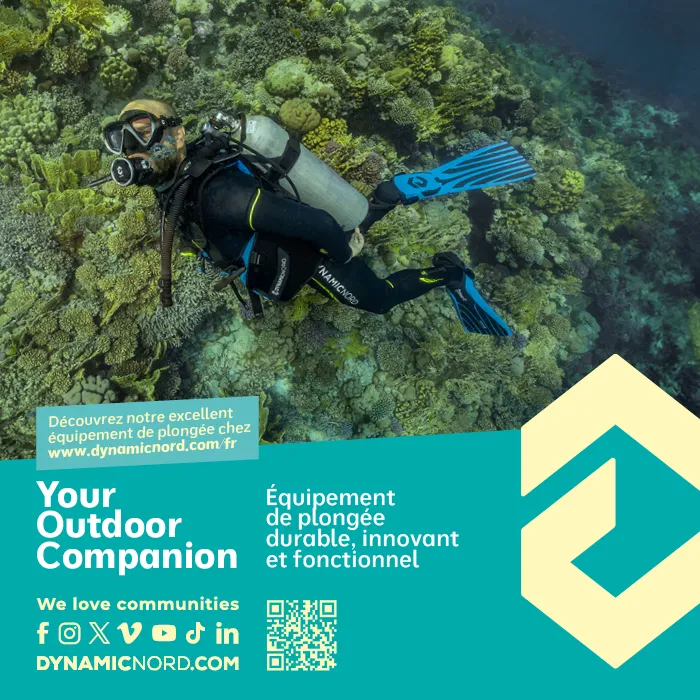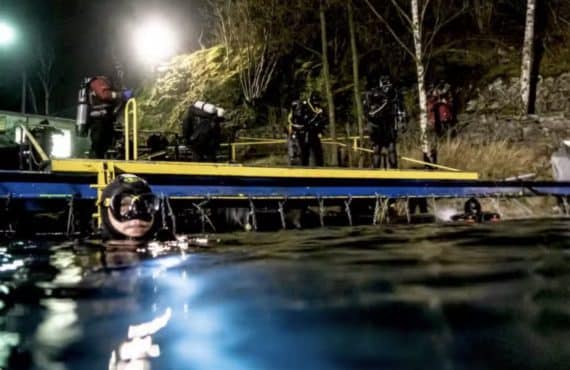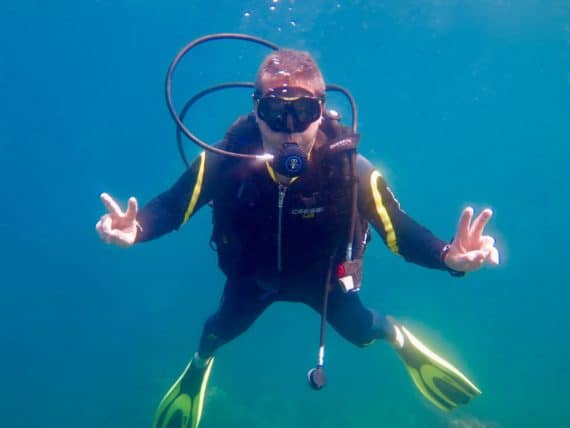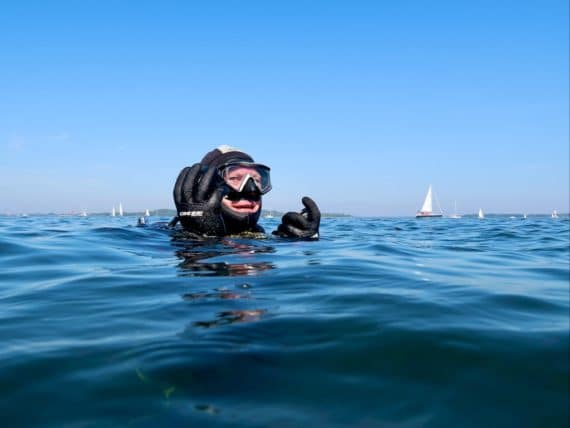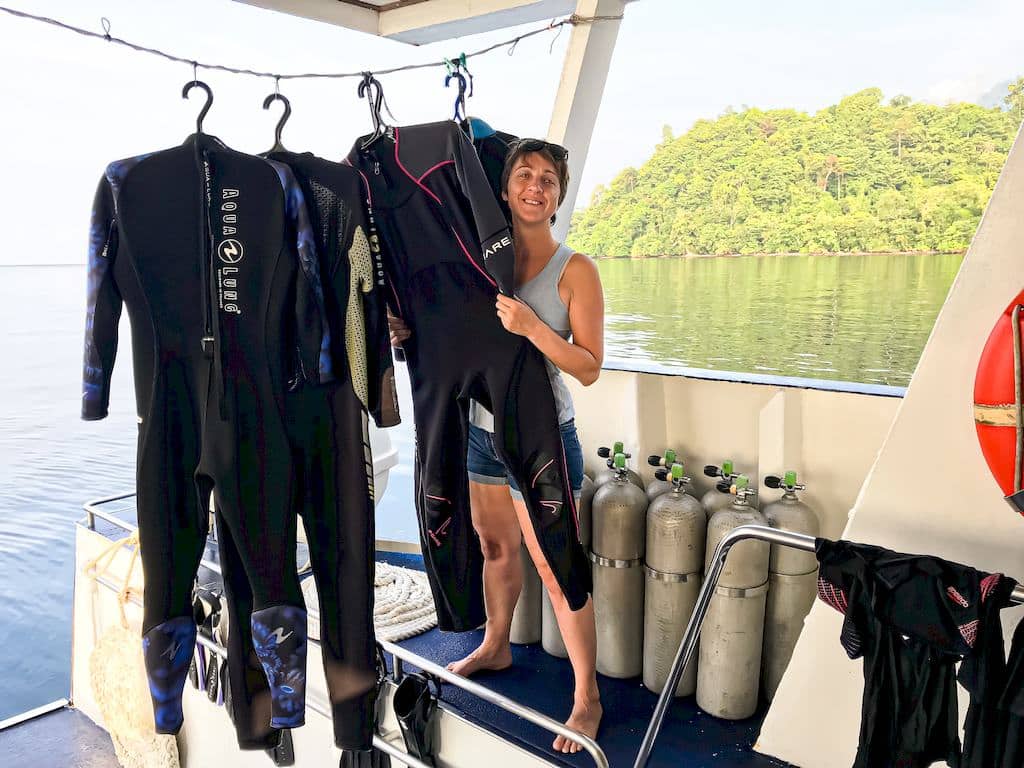How to succeed in your dive briefing ?

The dive briefing
We learn it, we talk about it, and if some explain it in a masterful way. Many divers are not at ease to realize it. However, the dive briefing is a crucial point in the preparation of a dive.
An integral part of safety procedures. A well-done briefing will allow each diver of the team to have useful information for the smooth running of the dive.
It is the team leader who is responsible for completing the briefing.
When you are on vacation in a center and near you and a briefing is given for all present divers. It does not exempt you in any case to carry out your briefing for your own team!
To simplify your tasks if you are a novice or just to compare with what you learned. I invite you to discover the 5-points dive briefing to make your briefing enjoyable, safe and fast. And give you all the time to make the most of your dive.
The 5-points dive briefing
Beforehand, ask each diver to bring his logbook
Point 1 : Administrative

- Insurance. Ask the question of insurance and the date of validity (feel free to refuse to dive with someone that does not have a valid insurance)
- Medical statement: ask the question of the date of the last medical visit (less than a year)
- Level and specialty certification card (eg for a NITROX dive). Divers show their highest diving level c-card during the dive briefing.
- Date and place of the last dive
If the person has not been diving for a long time, it is useful to do a so-called re-adaptation dive
Point 2 : Diving equipment

- Volume and pressure of the diving tank and nature of the gas used
- Weight system (drop pockets, lead belt, …)
- Position of the second air source (Octopus) and the inflator
- Other observation : check for example if all divers of the team are equipped in the same way for thermal insulation (wet suit, dry suit, …)
- Emergency computer, diving lamp, compass, SMB…
- Anything else that can make the dive briefing safer.
Attention : the check of the material must be done for all divers of the team including the one who makes the briefing and whatever the level of his/her c-card.
If divers use different equipment, the dive planning must take into account the most penalizing (eg if a diver has a wet suit and the others have a dry suit or if a person dives with a 12 liters tank while the others use 15 liters)
Point 3 : Safety instructions

- Reminder of the basic signs : ok, that’s wrong, I’m cold, 100 bar reached (half pressure), 50 bar reached, breathlessness, …
- What to do in case of loss of a buddy? : give a clear instruction: one seeks around oneself during 1 min maximum. If we do not see anyone. Then we go back to the surface not forgetting you might have mandatory stop. This is also part of the dive briefing.
- Instructions specific to the conditions of the day : icing of the regulator, …
- Where to find oxygen, a way to call for help, …?
Attention : Even if these safety instructions seem obvious to you, do not hesitate to call them before every dive to maximize the chances of having the right reactions in case of problems.
Point 4 : Specificities of diving

- Characteristics of the site : ex: we are on a lake, in a quarry, at sea in the current, night diving, …
- Expected route : ex : we will go to point C then bypass this and return there
- Dive time : ex : we will dive 45 minutes
- Maximum depth of the dive : it is important to define the maximum depth and stick to what has been decided!
- Placement of the divers : eg if diving along a drop-off, it is the one who has the highest level of diving which will be put away from the wall, …
Point of attention : if for the other points of the briefing, it is usually a reminder and / or an observation, here it is essential to be precise about the dive that will be performed. Everyone must understand and be clear with the leader’s planning.
Point 5 : Are there any questions for this dive briefing ?

Because it’s important to give some time to express yourself, to get clarification on what has been said and / or to make sure everyone understands the same things, you have to give the possibility to each diver to ask questions about any kind of details that he or she wishes.
Point of attention : here it is about specific questions concerning the diving to carry out. We avoid going in all directions.
Conclusion
The 5-points briefing is tested and approved (by me ;-)) because it offers the advantage of taking up all the points essential to the good understanding, by all the members of the team, of the diving that they go perform … while not taking too long in extended speeches that may lose the attention of the divers of your team.
An effective briefing should not take more than 5 to 10 minutes (depending on whether you dive with divers with whom you regularly dive wherever you are in an unfamiliar place with new people).
It is not a question of lulling the members of your group or of doing a theoretical course about diving.
Do you use another dive briefing technique and can you be a briefing pro? Enrich the reflection by posting a comment below and tell us your best tips and tricks
Good bubbles and do not forget to be happy
Join my Facebook page for more sharing
Helene
A good dive briefing also offers the advantage of minimizing the risk of mistakes not to be made that I invite you to read in this article.

